Apply to a foreign university with confidence
- Properly fulfilled documents
- Perfect motivation letter
- Support from a personal mentor
- Offers from several universities
About 500 Chinese universities accept foreign students. Everything you need to know about universities in China — in the article.
Free consultation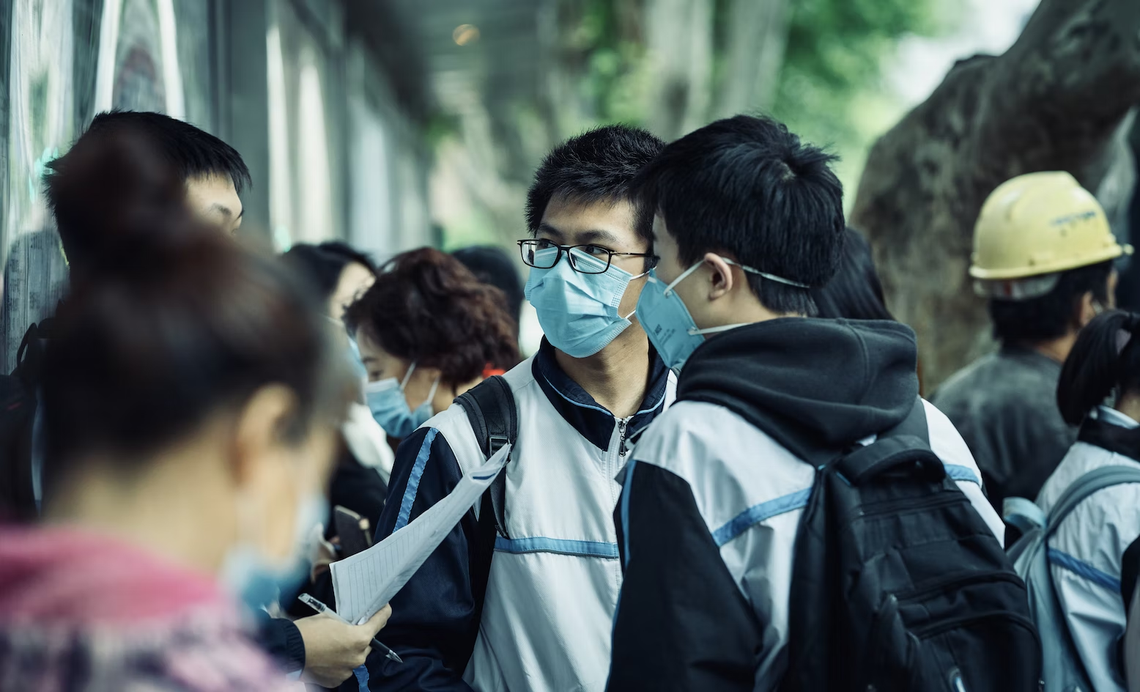


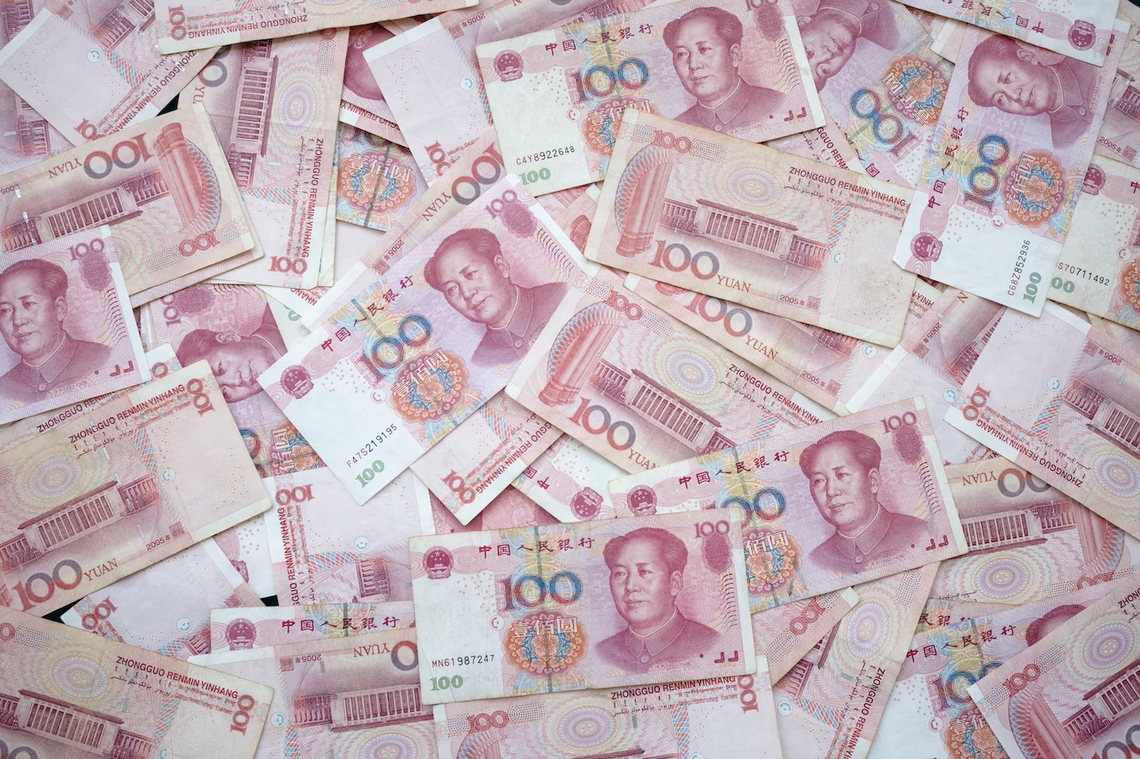
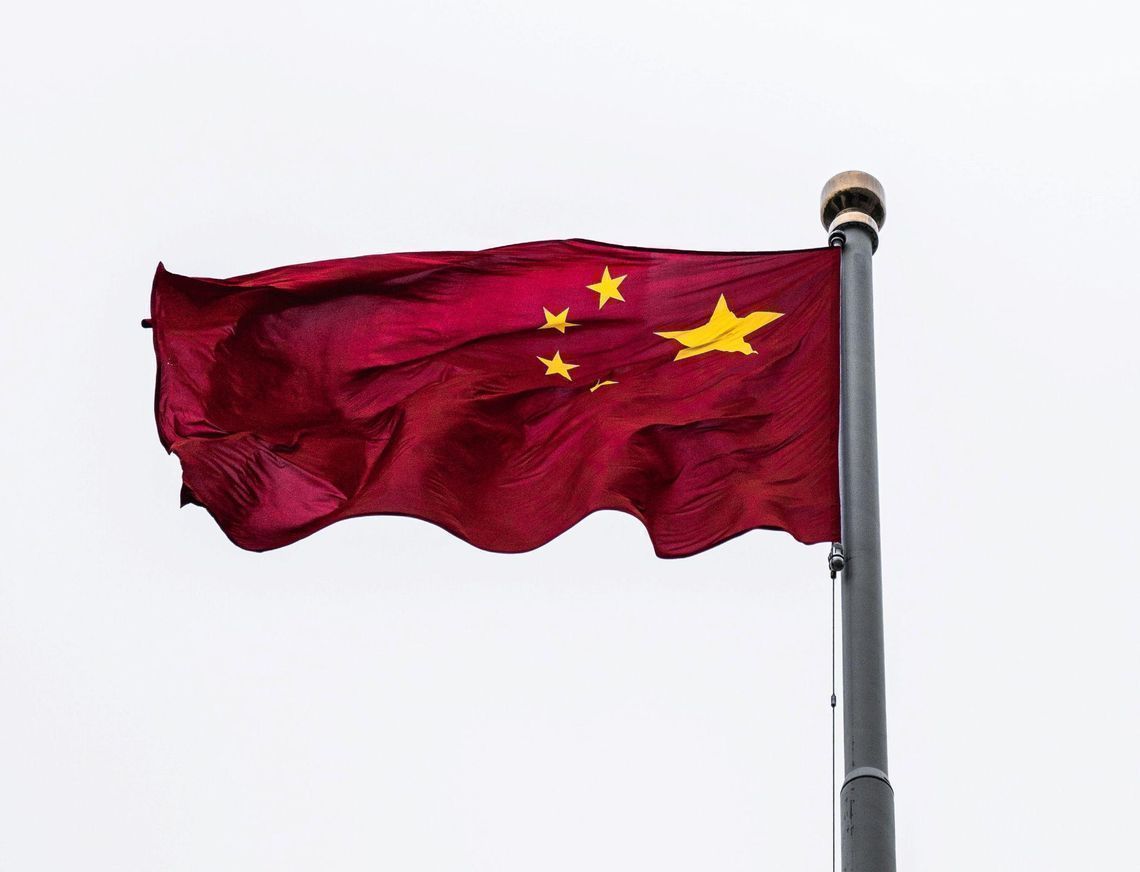

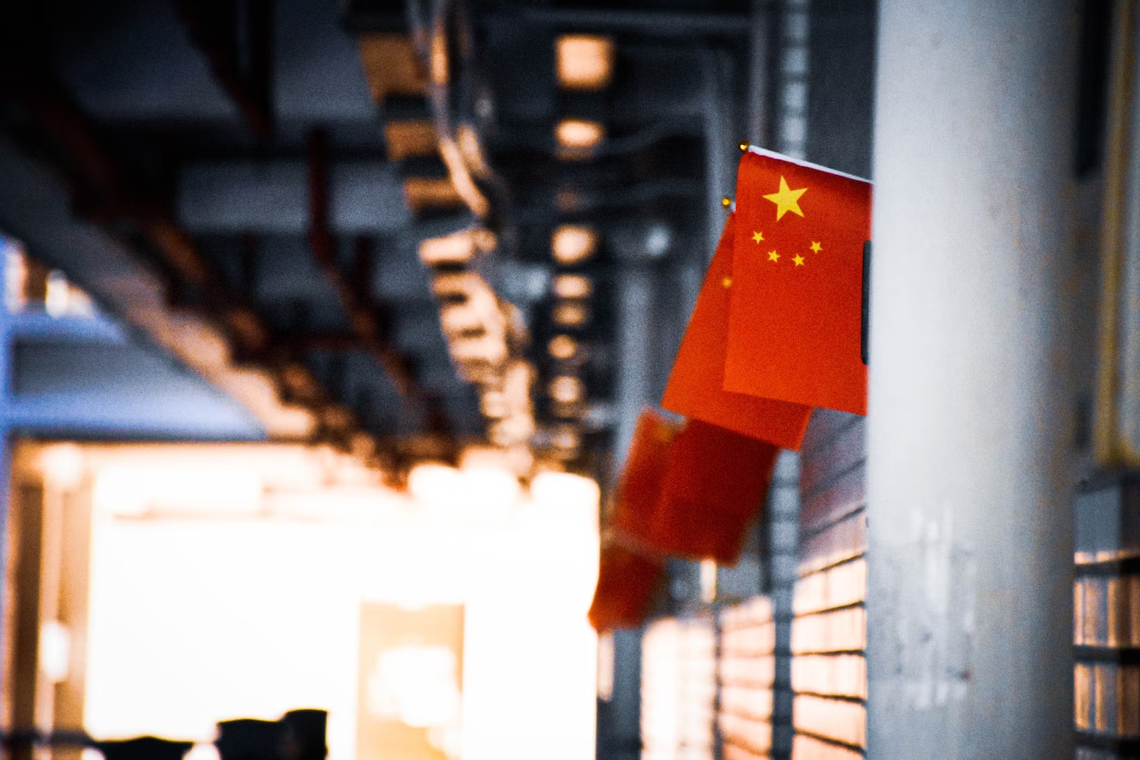

There are more than 2500 universities in China, about 500 of them accept foreign students. Chinese universities have already become the first in the world in terms of the number of scientific publications and their citations, overtaking the previous leader — the USA[1]. With such growth rates, Chinese universities may soon become an educational mecca not only in Asia but also worldwide. So far, the prices for education in the best universities here are 2-3 times lower than in prestigious institutions in America and Europe.
Items 1-6 of 2,549
Advanced search| Type of studies | Age | Duration | Min. cost | Avg. cost | Language proficiency | Exams |
| Language course | 16 | 1 year | 2,900 USD/year | 5,000 USD/year | Beginner | - |
| Bachelor's | 18 | 4 years | 2,000 USD/year | 4,000 USD/year | Upper-Intermediate (B2) | HSK 4 / IELTS 6.0 |
| Master's | 20+ | 2 years | 2,300 USD/year | 5,000 USD/year | Upper-Intermediate (B2) | HSK 5 / IELTS 6.5 |
| MBA | 20+ | 1-2 years | 4,200 USD/year | 14,000 USD/year | Upper-Intermediate (B2) | HSK 5 / IELTS 6.5 |
| Doctoral | 20+ | 3-5 years | 4,400 USD/year | 5,500 USD/year | Advanced (C1) | HSK 6 / IELTS 6.5 |
The data in the table are approximate. The exact information must be specified on the website of the selected university.
You can enter Chinese universities if your country has an 11-year secondary education system. If the applicant is still under 18 when the studies commence, a legal guardian in the country must be assigned. For older students, many institutions also set an upper age limit: 30–45 years old, depending on the level of education.
The majority of universities in China have approximately the same requirements for applicants since the admission policy is regulated by the state. Twice a year, in spring and autumn, you can submit an application digitally on the website of the selected university. The legalization of documents is usually not required: a certified translation into Chinese or English is sufficient. However, the requirements may vary depending on the country where the documents were issued.
Mandatory admission criteria: a certificate with an average score of at least 3.7 (out of 5) and an HSK 4 or IELTS 6.0 certificate, depending on the language of instruction.
In addition to universities, there are about 1400 different colleges and technical schools in China where you can get vocational education. Most of these institutions operate independently, and some are attached to universities. The latter, also offer undergraduate programs. Studying here is primarily focused on the employment of young Chinese in such popular areas as agriculture, finance, medicine, tourism, transport, etc. Many colleges gladly accept foreigners if they speak Chinese.
After a minimum of 9 years of school education in your home country, you can enter a "youth college" (dazhuan), and after 11 years — a higher vocational technical school (gaodeng zhiye jishu xueyuan). The study duration is about 3 years. Depending on the length and complexity of the program, college graduates receive certificates or diplomas. These documents are ranked below the bachelor's degree, so their holders can enroll in the first year of a university. In rare cases, vocational schools have an agreement with the university, thanks to which graduates have the opportunity to immediately enroll in the 2nd or 3rd year of a bachelor’s program.
Public universities in China are the majority. They all receive funding from the government and the country's Ministry of Education. However, only the leading universities from the C9 League are fully supported by the state. In the second half of the 20th century, with the advent of communism, almost all universities in China were nationalized. Because of this, public universities are still the largest, most popular, and prestigious. The majority of the local applicants tend to go there. In 2021, 50 state-owned Chinese universities entered the world QS ranking. Tsinghua University is ahead of such renowned private universities in the United States as Penn, Cornell, and Columbia University, while Peking University has overtaken the University of California and Johns Hopkins University.
Private universities began to appear in China again in the late 90s during the education reform. Over the next 20 years, about 700 educational institutions, independent from the state, appeared in the country. However, they are independent only financially: private universities exist at the expense of tuition fees and sponsorship from private foundations. Otherwise, they are controlled by the state: the central government determines the general policy for private education, and the provincial governments exercise quality control. Not all private universities have the right to issue state diplomas.
In general, private universities in the PRC are not yet able to compete with state universities, which continue to play a dominant role in the country's higher education system.

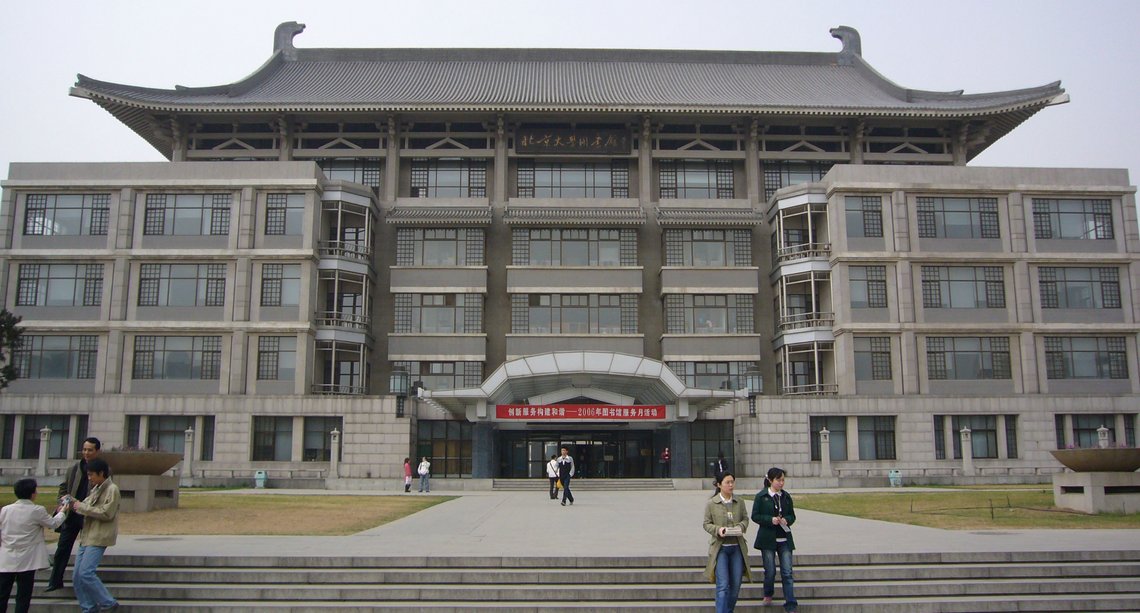

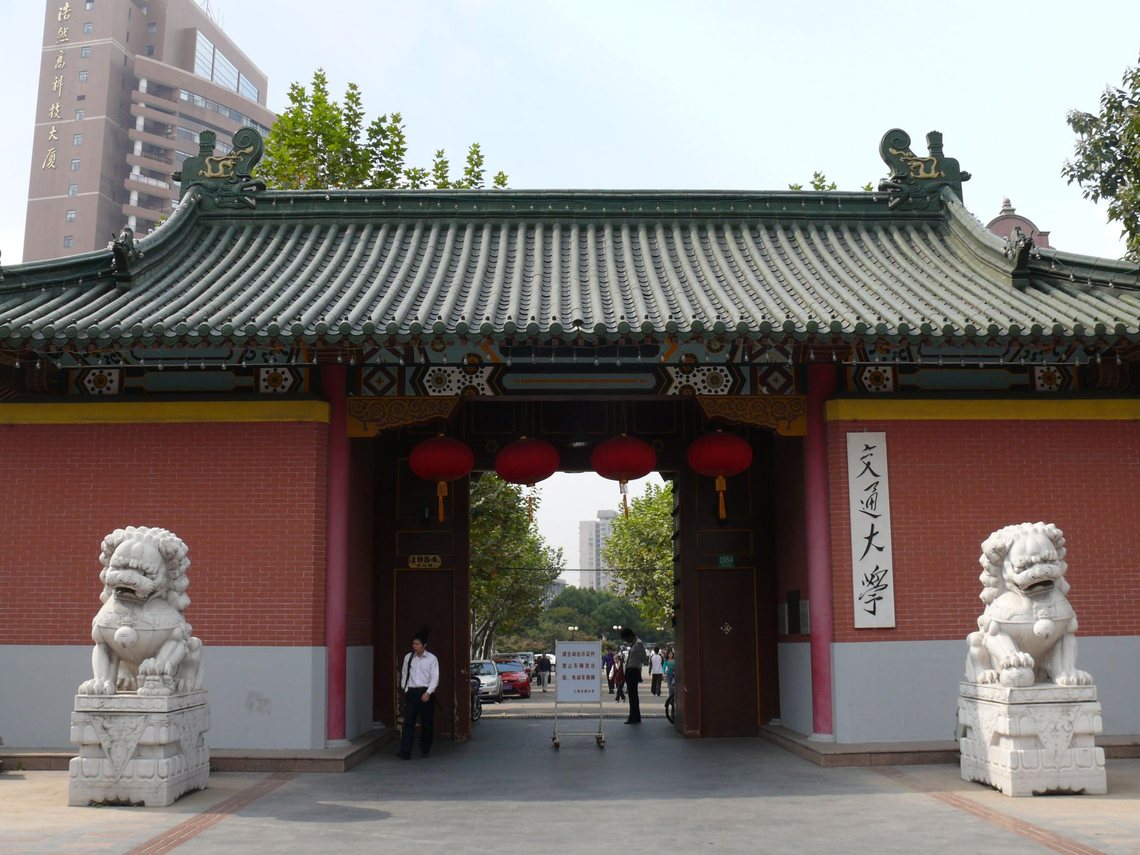

Items 1-6 of 9
Advanced searchForeigners cannot study at Chinese universities for free. However, there are many educational grants and scholarships in the country. The Chinese government, regional governments, universities themselves, and third parties willingly offer financial support to thousands of overseas students every year.
Often, payments cover the full cost of tuition and living, they can also award money for monthly expenses in the amount of 200-400 USD. The conditions for obtaining a scholarship are usually more than doable, but there are a lot of applicants. Good academic performance in the previous place of study and knowledge of the Chinese language at a level not lower than HSK 4 is important. Grants are provided at all stages of education from undergraduate to doctoral studies. You can find out more about the application requirements and deadlines on the official portal Campus China.
60+ countries
we work with
$1,000,000 saved
by students through scholarships
6,400 offers
our students got